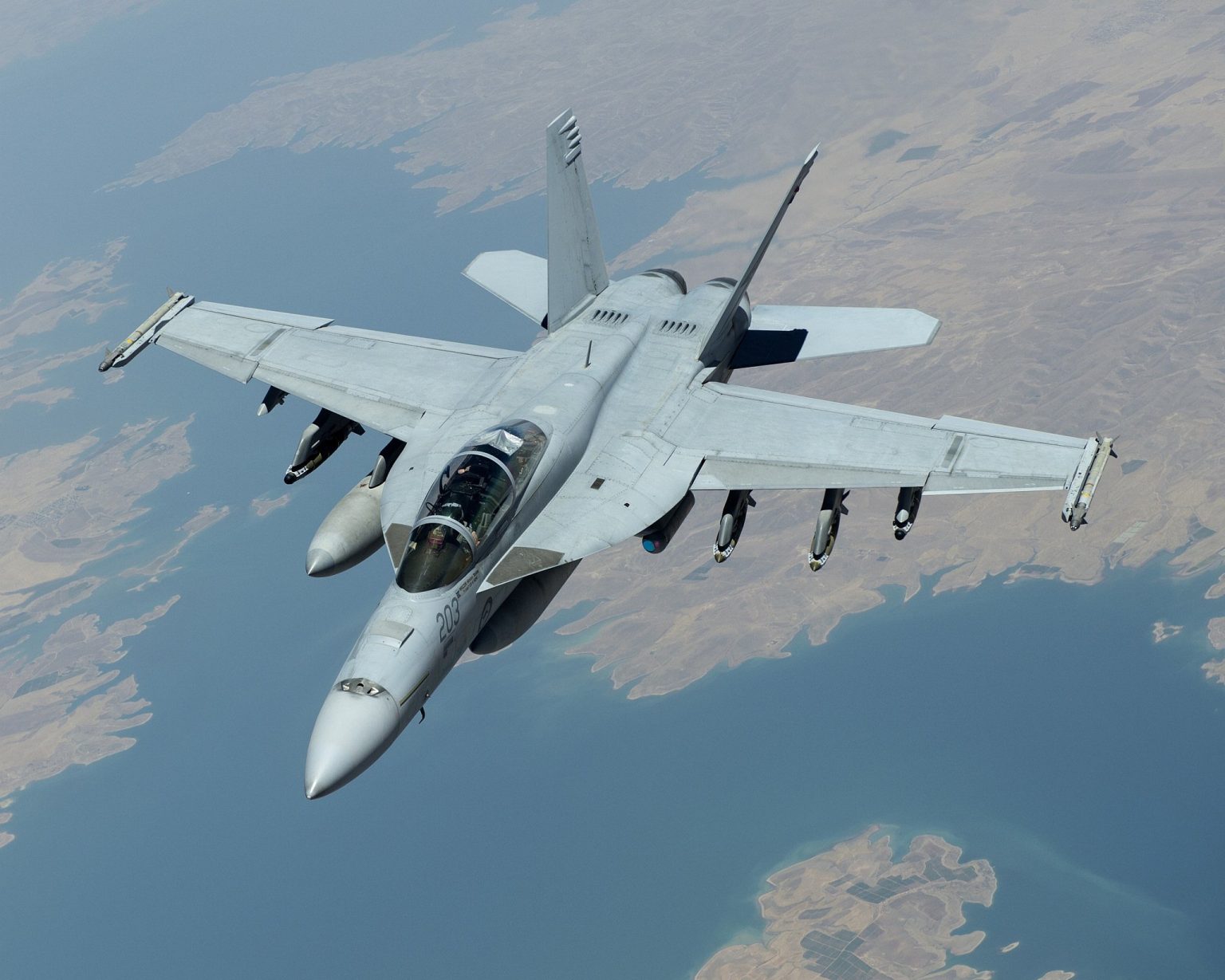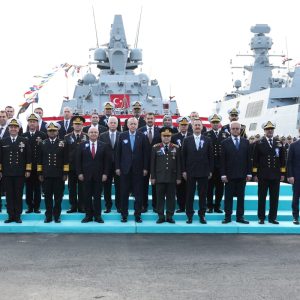Red Sea remains volatile despite months of strikes and diplomacy. Shipping firms keep rerouting, insurance costs stay high, and crews face steady risk. As a result, a reset of U.S. strategy against the Houthis is overdue. A workable plan must combine measured force, pressure on external enablers, and realistic talks through Oman.
Why airstrikes alone haven’t worked
Short, precise strikes can hit launchers, depots, and radar sites. However, they rarely shift the Houthis’ cost–benefit calculus. The group mixes state‑like firepower with guerrilla habits: mobile launchers, decoys, dispersed workshops, and maritime drones reduce the payoff from kinetic raids alone.[10] Moreover, attacks resumed in July 2025, including lethal strikes on merchant ships, proving that attrition without leverage does not secure the lanes.[2]
Equally important, a Yemen‑only focus ignores the wider network. Iran supplies know‑how, parts, and logistics. Dual‑use electronics and imagery can move through commercial channels. Meanwhile, Europe’s coverage helps convoys but leaves gaps from the central Red Sea to the Gulf of Aden and Indian Ocean approaches.[3] Therefore, Washington needs a broader frame.
A four‑part strategy to regain initiative
1) Raise the cost for Iranian facilitation—without another ground war
Quietly map and sanction logistics nodes that move guidance kits, propellants, and USV/UAV parts into Yemen. Publicly warn that continued enablement risks strikes on arms networks and select naval assets if red lines are crossed—short of open‑ended escalation. Notably, reporting on Iranian mining preparations near Hormuz in mid‑2025 underscores the need for early disruption of maritime threats.[11]
Operational focus: illicit transfer points, UAV/USV assembly hubs, and IRGC-linked maritime support cells. Metrics: reduced launch tempo and interdictions along feeder routes.
2) Expose and penalize Chinese enablers—link costs to behavior
Deterrence must extend to third parties. In April 2025, the State Department said Chang Guang Satellite Technology (CGSTL) enabled Houthi targeting with satellite imagery.[7] Major outlets examined the claim and the company’s dual‑use posture; CGSTL denied direct support.[8][9] Even so, the U.S. should move beyond rhetoric. Expand sanctions to implicated entities, press insurers and ports to treat sanctioned imagery and components as prohibited cargo, and organize G7 export controls that actually bite.
Operational focus: imagery tasking, dual‑use electronics, and front companies. Metrics: disruption of high‑resolution tasking to Yemen, supply-chain seizures, and measurable delays in Houthi adaptation cycles.
3) Revive Oman‑led diplomacy—pair talks with coercive credibility
Omani mediation produced a May 6, 2025 truce that paused direct U.S.–Houthi hostilities, even if it did not cover Israel.[1][12] That channel remains the best option. Clarify what the Houthis seek—political inclusion, territorial arrangements, or economic relief. Tie shipping security to concrete steps and verification. If attacks resume, as they did in July, coalition forces should deliver precise, time‑bounded strikes on high‑value launch, C2, and maritime‑drone nodes to restore thresholds.
Operational focus: shuttle diplomacy via Muscat, de‑escalation triggers, maritime safety corridors. Metrics: verified reduction in attacks, merchant traffic returning to Suez routes, and insurer downgrading of risk premia.
4) Prepare multilateral escalation—Europe forward, U.S. offshore
Day‑to‑day convoy protection should remain with Europe’s Aspides; still, member states need more hulls, magazines, and AEW coverage. NATO navies can surge air‑defense frigates for peak windows, while the U.S. stays over‑the‑horizon to intercept long‑range launches. When required, precision strikes should be calibrated, legally grounded, and paired with de‑confliction to avoid inadvertent escalation with Iran.
Operational focus: air‑defense density along main shipping lanes; shared ISR tasking; flexible rules for merchant-ship escort requests. Metrics: attack interception rates, convoy throughput, and reduced insurance surcharges.
A Horn of Africa adjunct: leverage Somaliland access—prudently
Debate in Washington over Somaliland has grown because Berbera sits near Bab el‑Mandeb. Reports describe exploratory U.S. discussions on access, while Somalia asserts sovereignty and the State Department warns against premature recognition.[13][14][15] Any arrangement should complement, not duplicate, Djibouti basing. Focus it on maritime ISR, mine countermeasures, and search‑and‑rescue to harden the chokepoint and pressure both the Houthis and al‑Shabaab.
Operational focus: basing and overflight frameworks, combined maritime training, and information‑sharing. Metrics: ISR coverage of Red Sea approaches and interdiction of USVs/mines.
Policy bottom line
Airstrikes alone are like mowing the grass without pulling the roots. A viable U.S. strategy against the Houthis blends selective coercion with structural pressure on enablers and credible diplomacy. In practice: constrain Iran’s logistics, expose and penalize Chinese facilitation, empower Oman‑led talks, and posture for multilateral escalation with Europe in the lead. Taken together—and measured against concrete maritime security outcomes—this approach can restore confidence in the Suez corridor and reassert allied deterrence.
“Target the ecosystem, not just the shooter. That is how you change the calculus.”
Internal context
For sustained coverage of defence and aerospace structural trends—including unmanned systems, ASW, and chokepoint security—see our analysis hub.[16]
References
1 Reuters — Oman says it mediated a U.S.–Houthi ceasefire (May 6, 2025). Link
2 Washington Post — Houthis resume attacks after truce; fatalities reported (Jul 7, 2025). Link
3 Business Insider — Aspides lacks enough warships to fully protect Red Sea shipping (Jul 2025). Link
4 IMF — About 15% of global maritime trade normally passes via Suez/Red Sea (Mar 7, 2024). Link
5 Reuters — Rubymar sank after missile strike (Mar 2, 2024). Link
6 Reuters — Salvage firm confirms sinking of Tutor (Jun 19, 2024). Link
7 Reuters — U.S. says Chinese satellite firm aided Houthi targeting (Apr 17, 2025). Link
8 Financial Times — U.S. accuses Chinese company (CGSTL) of helping Houthis (Apr 2025). Link
9 Defense One — Background on CGSTL allegations; company denies (May 7, 2025). Link
10 ACLED — Houthi drone warfare strategies and adaptation (Aug 6, 2024). Link
11 Reuters — Iran prepared naval mines amid regional tensions (Jul 2, 2025). Link
12 Al Jazeera — Trump announces halt to bombing after Oman‑brokered truce (May 6, 2025). Link
13 Reuters — Somalia letter offering U.S. access to bases/ports including Berbera (Mar 28, 2025). Link
14 Washington Examiner — State Department reiterates Somalia sovereignty; no recognition deal (May 18, 2025). Link
15 Atlantic Council — Deepening U.S.–Somaliland ties: opportunities and obstacles (Dec 17, 2024). Link
16 Defence Agenda — Strategic trends hub (internal). Link











